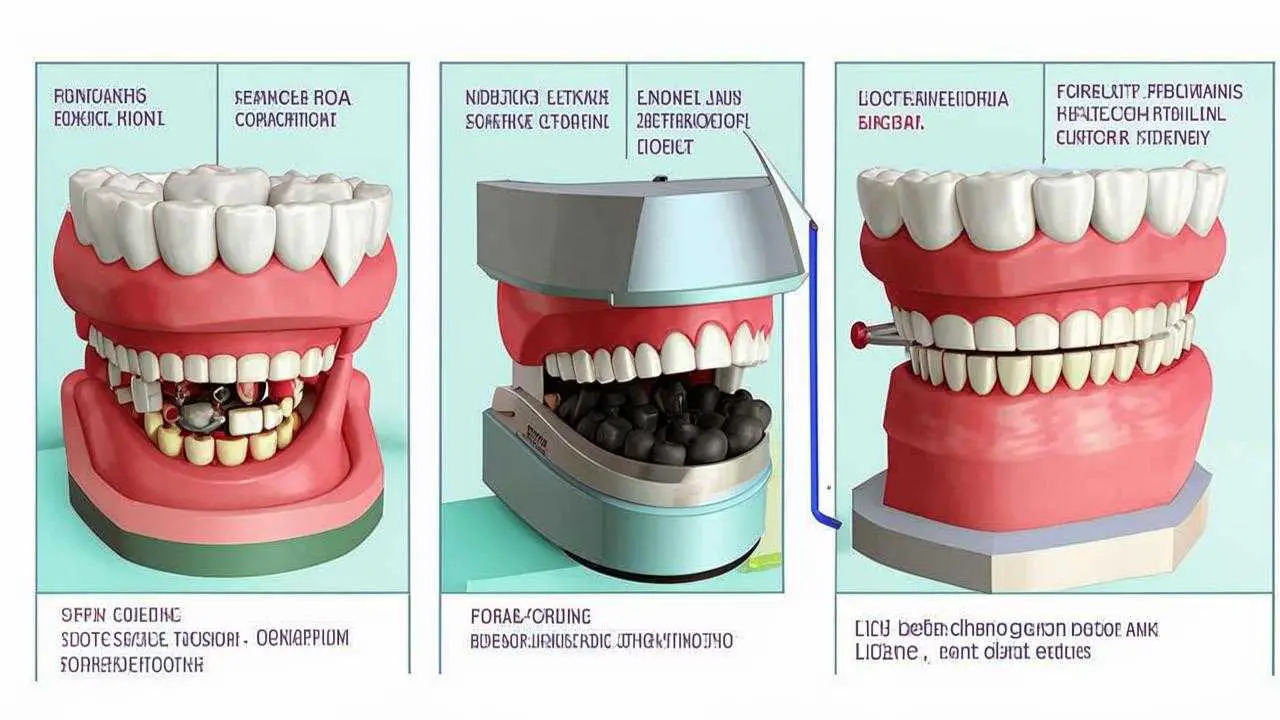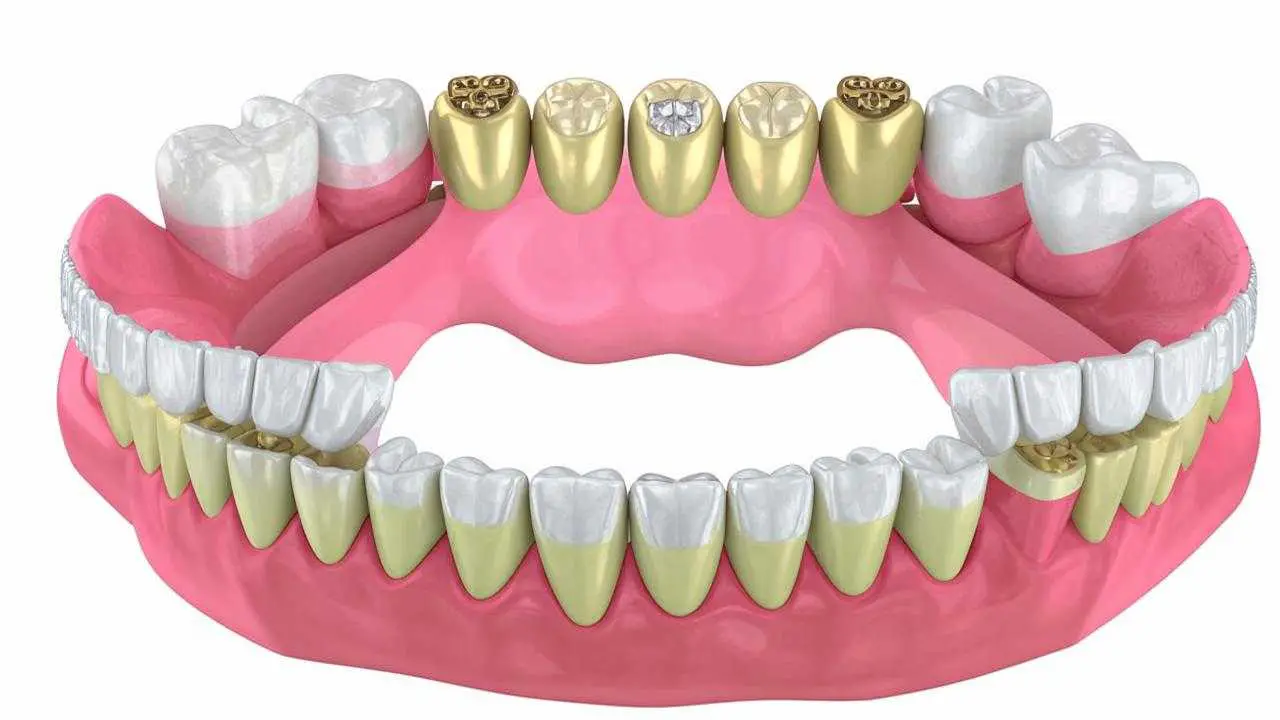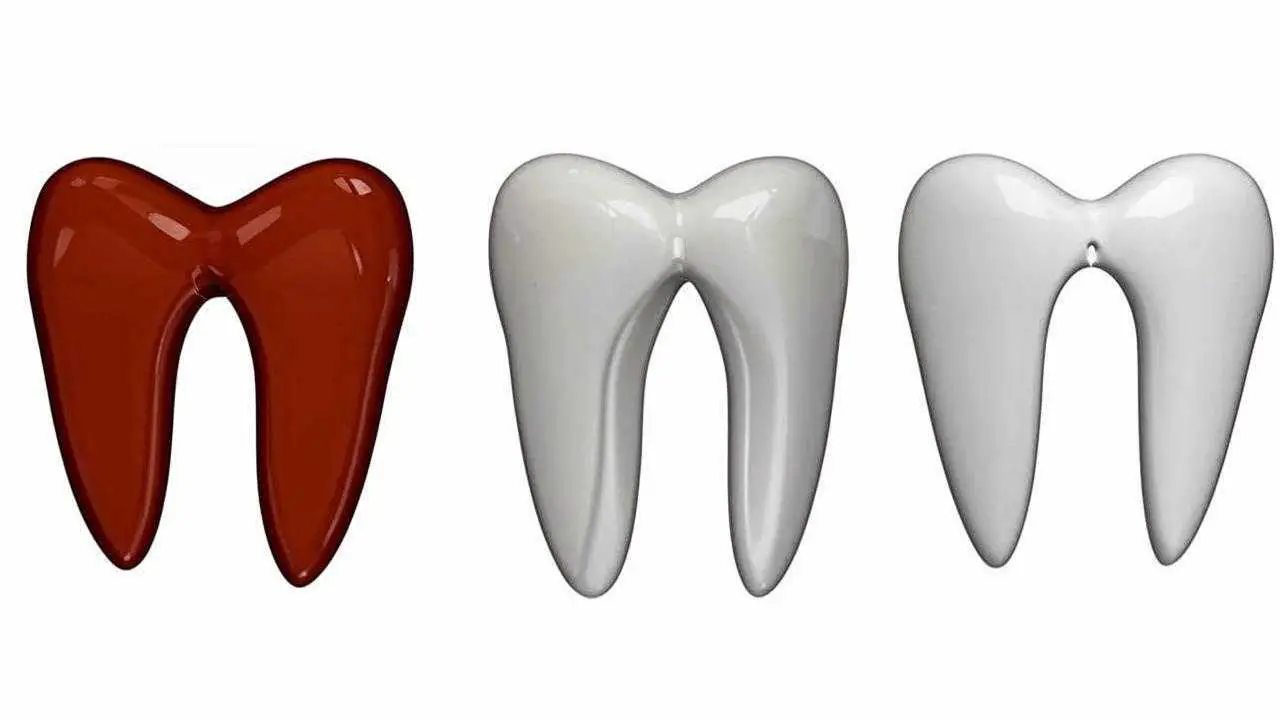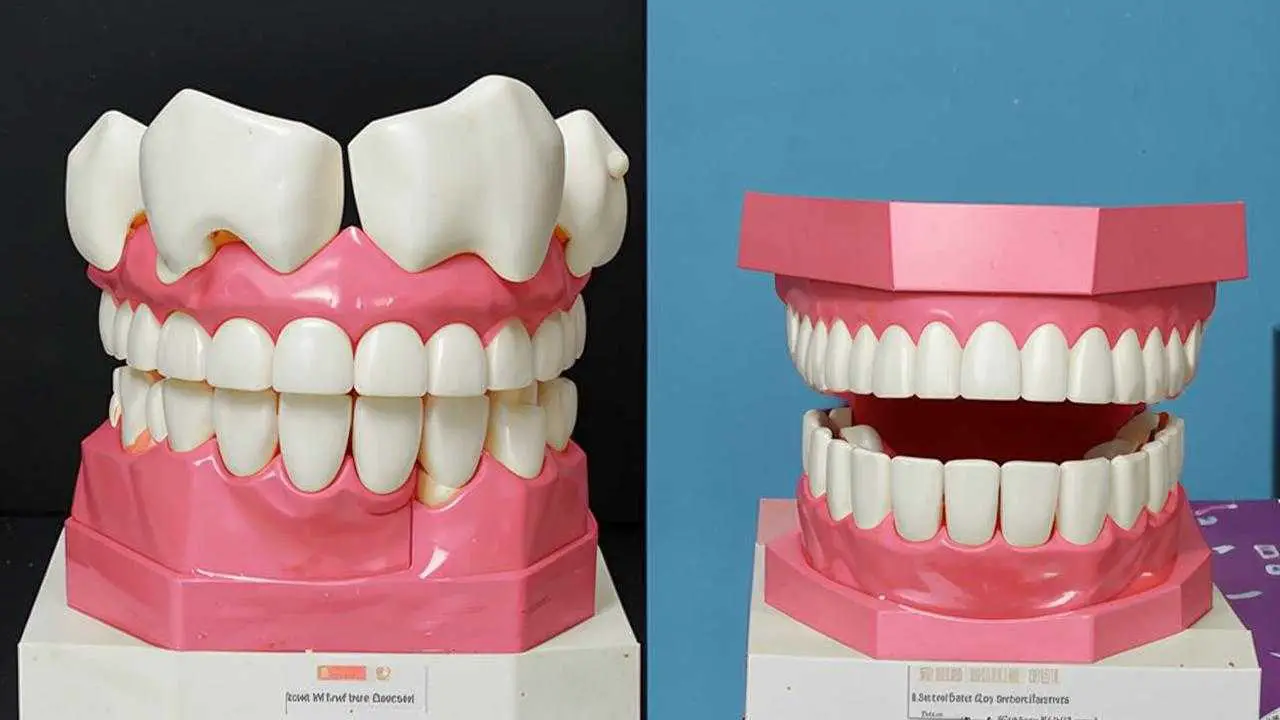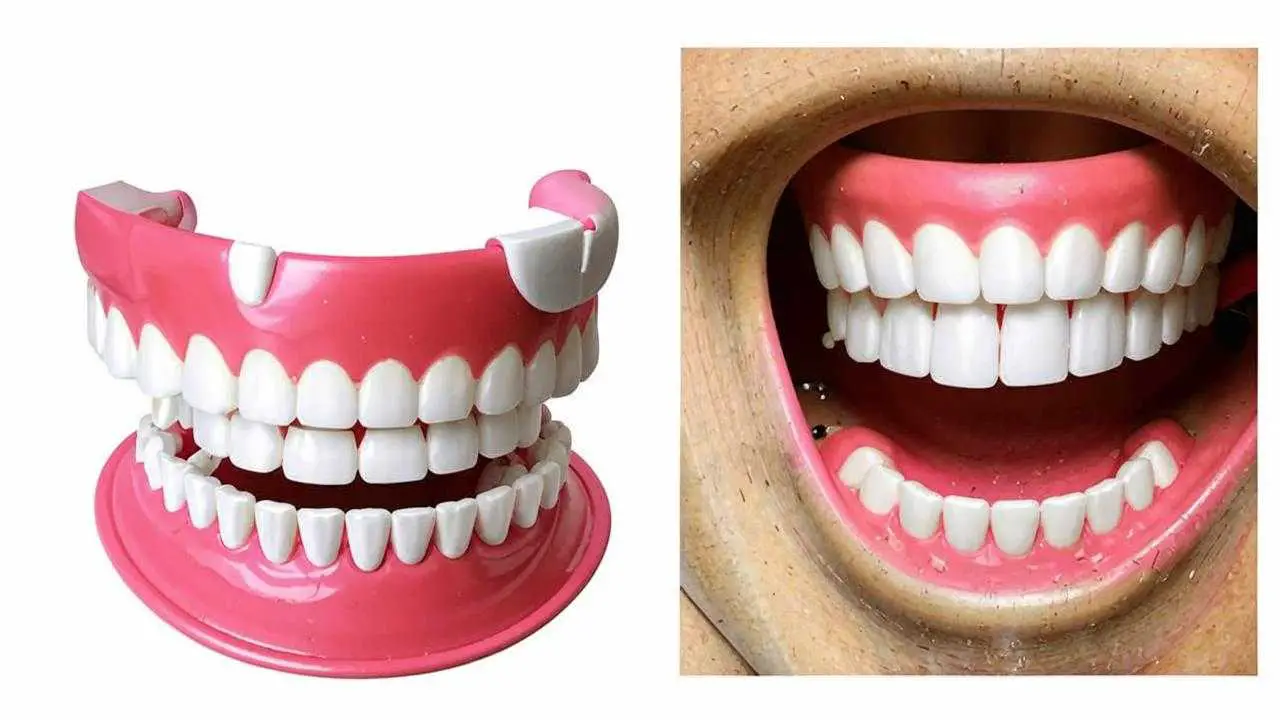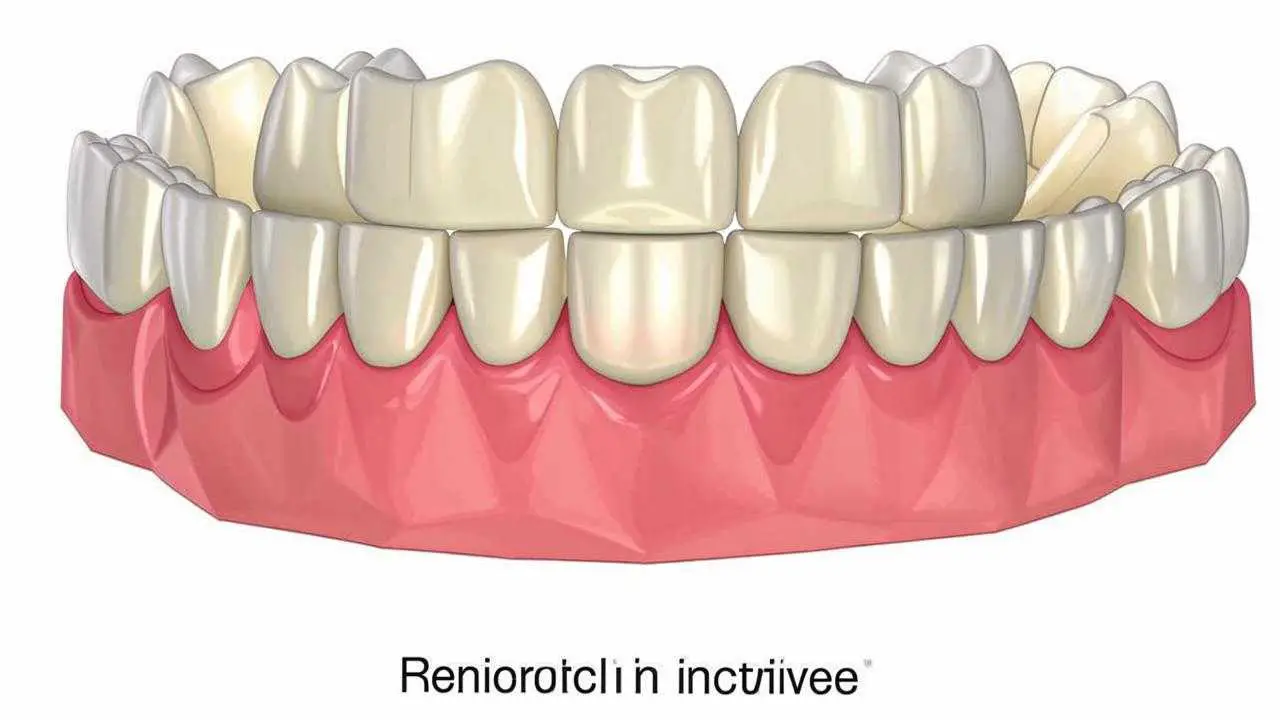The most common way to replace missing teeth is with a bridge. Except that the supporting teeth have to be ground down for it. And before that they are depulped (nerve is removed). There are 2 problems here:
Psychological. It is not easy to make up your mind to go to the dentist, and the prospect of nerve removal and teeth grinding will make many people postpone the visit for a long time.
Dental. Doctors don’t like to depulp teeth. The reasons are several. The pulp is full of nerve endings and blood vessels. They make the tooth alive. The blood supplies nutrients, and in return, the pulp produces replacement dentin. Because of this, teeth have the ability to repair this layer when it is damaged. Nerve endings signal a problem with the tooth, so tooth decay, for example, can be diagnosed in its early stages. Without the pulp, nutrition is not supplied, and tissues are not renewed. A “dead tooth” becomes very fragile. It is difficult to detect infection, inflammation or decay without the pulp, because there are no nerve signals from the pulp. The risk of tooth loss increases.
Steps in the placement of a bridge prosthesis
Dentures without grinding
Dentists are constantly striving to find an alternative to grinding. It is long, quite unpleasant and damages the enamel. Today there are several options: implantation, removable prosthetics, adhesive dentures. Like any method, each of them has pros and cons. Only a qualified prosthodontist can decide which method is suitable in each clinical case. The doctor takes into account many factors when choosing a method of prosthetics, including the anatomical features of the jaw, the location of missing teeth, the type of defect (terminal, included) and many other small details that are visible only to a specialist.
Removable prosthetics
To avoid depulping, removable prostheses are used.
There are 2 large groups of partially removable prostheses: plate and bracket. The main difference is the presence of a metal arch in the latter. The arch more or less evenly distributes the chewing load without overloading the supporting teeth.
Plaque
Their task is to replenish the tooth row and unload the surviving teeth at the expense of the basis (base). The base rests on the jaw and palate, taking up part of the load, but such prostheses cannot fully take up the chewing load.
Methods of fixation: clasps, locks, attachments. For the upper jaw, the denture is equipped with a palatal plate, which ensures a tight fit.
Such products are made of polymeric materials:
A rigid base distributes the load, but is not very comfortable to wear. It takes a long time to get used to such designs. Acrylic wears out rather quickly, gets covered with cracks and gives a slight shrinkage. It is necessary to change such a product at least once every 5 years. The main disadvantage is the presence of substances that can cause allergies.
The material is flexible, it is not so difficult to get used to it and the mouth feels more comfortable. But when chewing sags and distributes the load worse than acrylic. Hypoallergenic, biocompatible, nylon lasts longer than acrylic.
- AcryFree is a new polymer that combines the advantages of the previous ones. It is as rigid as acrylic but as hypoallergenic as nylon.
Buchels
Artificial teeth are attached to a metal arch. It strengthens the entire tooth row, acting as a splint. Fastenings are the same as for plate structures: clammers, telescopic crowns, attachments. They are made of cobalt and chromium alloys, precious metals, titanium.
Technological research has made it possible to manufacture braces without the use of metal.
Quadrotti dentures are made of a durable polymer. It is light, but so strong that its base is smaller than that of conventional braces and the palatal bridge is very narrow. If 1 or 2 teeth are missing, the arch is not needed in the denture without grinding.
Adhesive bridge
In this design, there are no crowns, so there is no need to trim the teeth. The artificial tooth is attached to the adjacent teeth using “spurs” made of fiberglass tape. The tape is attached on the inside, so it is not visible. A groove is cut in the tooth for the fiberglass so that the tape does not protrude above the surface and does not interfere.
The product is not strong enough to be used on chewing teeth or as a permanent denture. Usually, such a bridge without grinding the neighboring teeth is a temporary measure in preparation for permanent dentures or implants. With care, the structure can last up to 3 years.
Bacteria can accumulate in the bonding areas, increasing the risk of tooth decay. The prosthesis poorly distributes the chewing load, the supporting teeth are overloaded. In addition, such orthopedics does not prevent bone atrophy.
Prosthesis “butterfly”
Named the construction because of the external resemblance to a butterfly. Used in the absence of 1-2 units. It consists of a crown and a base. This is a prosthesis without grinding, it is attached to neighboring teeth with clampers.
Materials:
- Classic polymers: acrylic, nylon
- Innovative polymers: Acry Free, Dental D.
The denture does not participate in the distribution of the chewing load, does not prevent bone loss. It is quite fragile and cannot be repaired. It is used as a temporary measure, although they can last one or two years.
Implant prosthetics
This method is good because it can be used when one or more teeth are missing. In case of complete adentia, it is also used, but there is no preparation involved. A metal post is inserted in place of the lost tooth, and the prosthesis is placed on it, without cutting the neighboring teeth.
What are the advantages:
- neighboring teeth are not affected, remain “alive”;
- the number of artificial teeth can be any;
- the method is used to restore anterior and chewing teeth;
- implant prevents bone atrophy;
- implants are guaranteed for life.
Any method can be used for prosthetics on implants:
- Removable prosthetics
A removable denture fits on part of the jaw or the entire dentition much better than natural teeth. Removable structures do not fall out randomly, but the patient is able to remove them himself for hygiene procedures. Conditional removable dentures are fixed with screws and can only be removed by the dentist.
- Non-removable prosthetics
The classic bridge design has proven its effectiveness. It is a reliable way to restore the tooth row. When fixed on implants, all the disadvantages disappear: dentures without grinding, so there is no need to depulp the supporting teeth. The metal post is stronger than the natural root, so the construction will last for many years. Implants prevent bone resorption. There are no restrictions in the choice of materials for crowns, and the number of artificial teeth can be more than 2.
Unfortunately, sometimes there are contraindications to the installation of implants. In such cases, other methods of prosthetics are used without turning the neighboring teeth.
Recommendations
Whatever type of prosthetics you choose, the longevity of the construction will ensure careful care and compliance with the recommendations. Any prosthetics exclude the use of aggressive products: breadcrumbs, nuts, candy. Removable dentures are removed for hygiene, and fixed dentures are cared for like normal teeth. Brush twice a day, floss. Visit the dentist once every six months. Regular professional teeth cleaning will help avoid infections, cavities and inflammation.
In Moscow, in ICDI ROOTT, doctors carefully study the clinical picture before choosing a method of gentle prosthetics. Only after diagnostics, studying the anamnesis and clinical picture, they make a treatment plan, taking into account the wishes of the client, but based on the specific situation. The price depends on the type of construction. It should be taken into account that the most durable prostheses are on implants. Their initial cost may be higher, but in the long term, the costs justify themselves.
